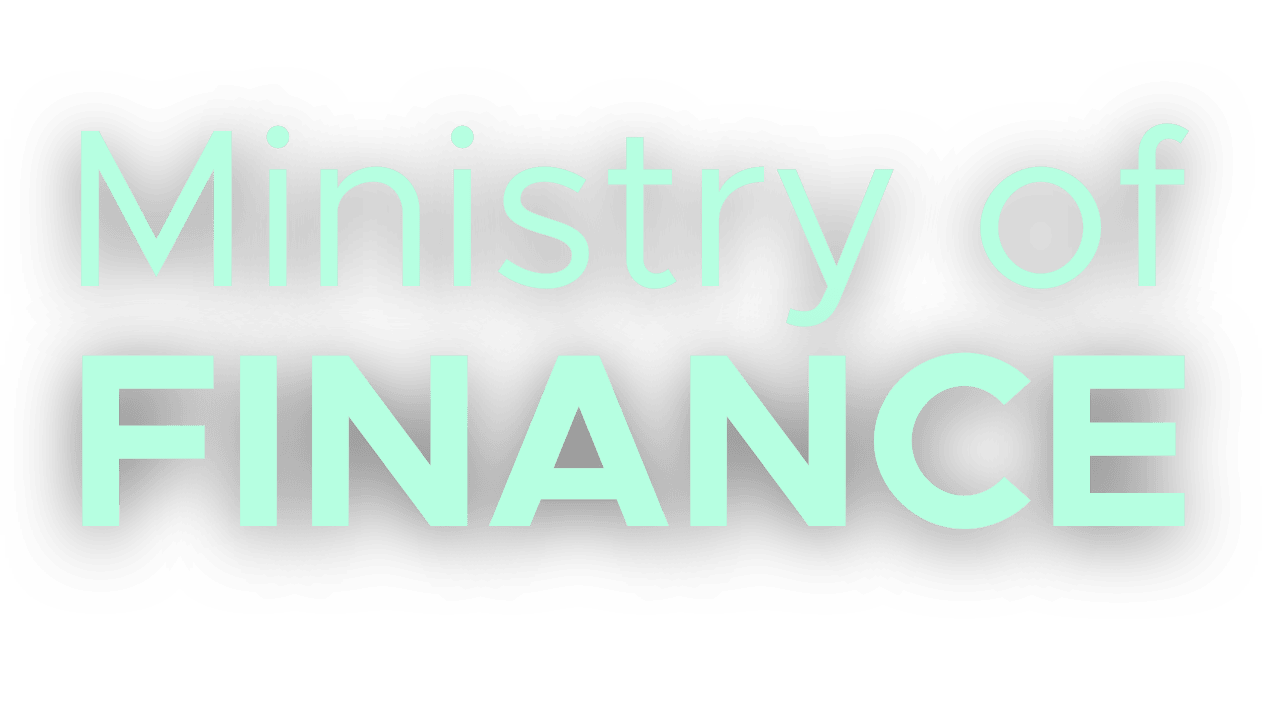Introduction
In a landmark move to revolutionize India’s debt recovery landscape, the Ministry of Finance has officially unveiled the Debts Recovery Tribunals and Debts Recovery Appellate Tribunals Electronic Filing (Amendment) Rules, 2025. , published in Gazette of India, these groundbreaking rules came into effect immediately upon their notification, marking a definitive and pivotal leap towards mandatory electronic filing across all debt recovery proceedings.
These crucial amendments represent a significant evolution of the existing Debts Recovery Tribunals and Debts Recovery Appellate Tribunals Electronic Filing Rules, 2020, which initially laid the groundwork for the e-filing system. Empowered by the provisions of the Recovery of Debts and Bankruptcy Act, 1993, the Central Government has meticulously refined these regulations to instill greater efficiency and enhance accessibility within the entire debt recovery framework.
Core of the Amendment: Mandatory Electronic Filing
At the very heart of this pivotal amendment lies the comprehensive substitution of Rule 4 of the old principal rules. The newly stipulated Rule 4 explicitly mandates that all pleadings, specifically those prescribed for designated purposes under the Recovery of Debts and Bankruptcy Act, 1993 , and the Securitisation and Reconstruction of Financial Assets and Enforcement of Security Interest Act, 2002 , “shall be filed by an applicant in electronic form, through the e-DRT system”. To ensure a seamless transition and user-friendly experience, a detailed Standard Operating Procedure (User Manual) is readily accessible on the e-DRT portal. This strategic and mandatory embrace of electronic filing is set to unlock a multitude of benefits. It promises to expedite case processing, significantly enhance transparency, and vastly improve accessibility for all applicants. By leveraging robust digital platforms, the Tribunals are poised to drastically reduce paper-based formalities and the inherent delays associated with them, thereby cultivating a more efficient and responsive debt recovery mechanism across the nation.
In essence, this amendment stands as a critical stride in the ongoing nationwide endeavor to digitize judicial and quasi-judicial processes. It firmly aligns the legal framework with technological advancements, underscoring India’s unwavering commitment to modernizing its financial dispute resolution mechanisms. This progressive step will ultimately serve the interests of both creditors and debtors, fostering a more streamlined, transparent, and equitable system for all.
Conclusion
The amendments signify a profound commitment by the Indian government to leverage technology for judicial reform. By making electronic filing mandatory and providing the necessary support through the e-DRT system, the Ministry of Finance is not only enhancing the operational efficiency of Debt Recovery Tribunals but also fostering a more accessible and transparent environment for all involved parties. This forward-looking approach is set to significantly contribute to faster resolution of debt recovery cases and bolster confidence in the nation’s financial legal infrastructure.
Expositor(s): Adv. Archana Shukla






